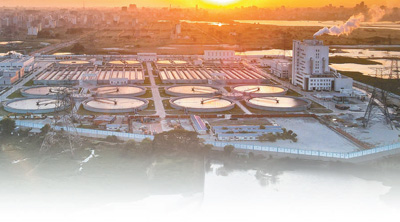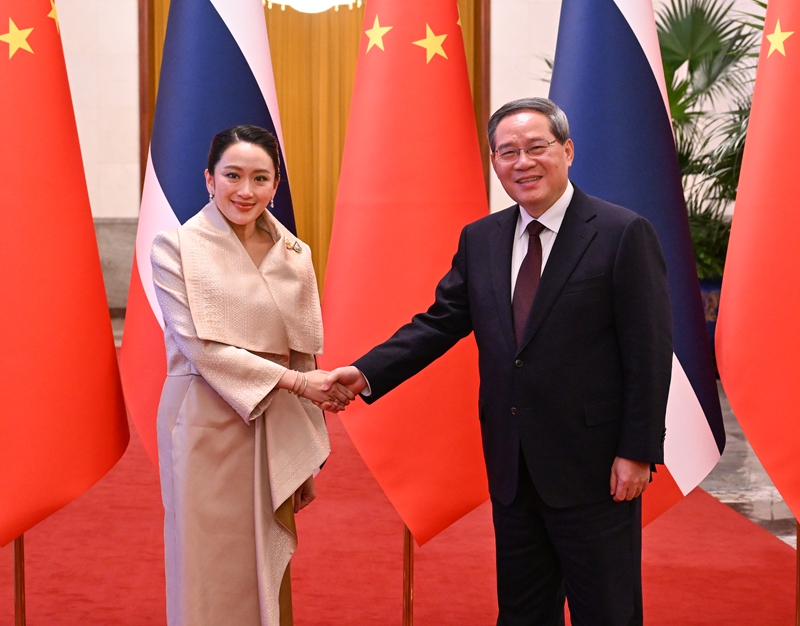Western Development Xinjiang! 3.47 Trillion Smashed! AI With Super Potential, Robots Lead Carnival In October
Western Development Xinjiang! 3.47 Trillion Smashed! AI With Super Potential, Robots Lead Carnival In October
The fifth company: Western Cement: a "regional infrastructure rigid supplier" under China National Building Materials Group, with cement sales of 18 million tons in 24 years, covering 90% of key infrastructure projects in Xinjiang, and more importantly
More explosive than AI chips and robots!
The strongest main line in October has surfaced!
Because recently, a piece of news affecting the national strategic layout has surfaced.
Xinjiang has officially launched an infrastructure upgrade plan with a total scale of more than 3.47 trillion yuan. So far, nearly a hundred central state-owned enterprises have entered the area with capital, technology and resources.
This action, defined by the industry as the "Western Strategic Pivot Strengthening Project", has long gone beyond the scope of ordinary infrastructure. It is not only a regional development opportunity to replicate the "Shenzhen Speed", but also a key move for China to deepen the "One Belt and One Road", build a new pattern of opening up in the western region, and ensure the stability of the global supply chain.
From the perspective of national strategy, the current national infrastructure investment focuses more on "precision development", and Xinjiang's investment of 3.5 trillion is equivalent to the total scale of three Yarlung Zangbo River hydropower stations. Behind it is multiple core missions:
First: As the core area of the "Belt and Road", Xinjiang has assumed the hub function of the three economic corridors of China, Mongolia and Russia, China-Central Asia-West Asia, and China-Indochina. In 2024, the proportion of China-Europe trains outbound traffic through Xinjiang increased to 65%.
Second: This infrastructure upgrade will further open up the key nodes of the "China-Central Asia-Europe" land channel and reduce cross-border logistics costs; in 2024, Xinjiang's net population inflow ranked among the top three in the country, and the siphon effect is obvious
Third: What is more strategically significant is that, in the context of global AI computing power competition and energy transformation, Xinjiang is becoming China’s core trump card in dealing with “computing power anxiety” and “energy security.” As the country's "green electricity granary", Xinjiang ranks first in the country in terms of the amount of solar energy it can develop, and the amount of wind energy technology it can develop ranks among the top three. The cost of electricity is more than 30% lower than in the east. This not only supports the low-cost expansion of the domestic AI industry.
At present, 39 AI data centers have been implemented. The supercomputing clusters of Huawei and China Mobile have a computing power of one quadrillion times per second. They can also provide a foundation for the green power interconnection between China and Central Asian countries through the third channel of "Xinjiang Power Transmission" and the Central Asian Energy Cooperation Project, and help the internationalization of the RMB!
In this trillion-dollar project related to the implementation of national strategies, six companies have become irreplaceable participants by virtue of their core advantages of "locating in key areas and matching strategic needs":
The sixth company: Xinjiang Energy Construction: The "main force" of energy infrastructure under the Xinjiang State-owned Assets Supervision and Administration Commission, it not only undertakes the core construction of the third channel of the domestic "Xinjiang Power Transmission" (responsible for the supporting transmission lines of the 5 million kilowatt photovoltaic base), it has also participated in the Kazakhstan wind power project, becoming the link for "China's green power technology to go abroad"
Fifth: Western Cement: A subsidiary of China National Building Materials Group Co., Ltd.'s "regional infrastructure rigid supplier" with a sales volume of 18 million tons of cement in 2024, covering 90% of key infrastructure projects in Xinjiang. More importantly, its independently developed anti-freeze cement technology (can withstand the extreme environment of minus 20 degrees Celsius),
The fourth company: TBEA: A leader in energy equipment, it is the core supplier of Xinjiang's power grid upgrade, and it also benefits from the EPC market of Xinjiang's photovoltaic installed capacity growth. The company's technology and industrial layout in the energy field enable it to play an important role in Xinjiang's energy infrastructure and new energy development.
The third company: Huitong Group: the leader in road bridge emergency repair, accounting for 35% of infrastructure rescue revenue in 2024. It has participated in post-disaster road repair in Hebei and Shanxi, with high construction efficiency and emergency project response
The second company: Bayi Steel: The only listed steel company in Xinjiang. With the advancement of Xinjiang's infrastructure, the demand for railway steel and other products continues to increase. The company's railway steel demand will increase from 15% to 25%, and localized procurement reduces costs by 20%. It has an irreplaceable position in the Xinjiang steel market.
The first one: greater potential!
The only market capitalization of the two cities is only 5 billion, but it is deeply tied to the two national strategic regions of "Xinjiang Tibet" and has the dual qualifications of "construction operation" of railways and highways.
Judging from the specific layout, Xinjiang is the core hub of the "China-Central Asia" corridor, and the company plays the role of "the main force in corridor construction" here: undertaking the construction of more than 80% of high-grade highways in Xinjiang (such as the eastern section of the Urumqi Ring Expressway and the Kashgar Ring Expressway),
Deeply involved in supporting projects such as Jiangnao Railway and Coorg Railway, responsible for the construction of 12 tunnels along the line, directly opening up the "resource transportation lifeline";
In Tibet, the company holds 51% of Tibet Tianchang Construction, covering 15 counties and districts, and participates in projects such as supporting transportation for hydropower stations in the lower reaches of the Yarlung Zangbo River and the Tazhong Desert Highway.
The improvement of its infrastructure is directly related to the advancement of South Asia cooperation, and the company's layout is filling the gap of listed companies in this field.
What is even more noteworthy is that the company’s current stock price is only about 4 yuan.
The subsequent explosive power cannot be underestimated!





